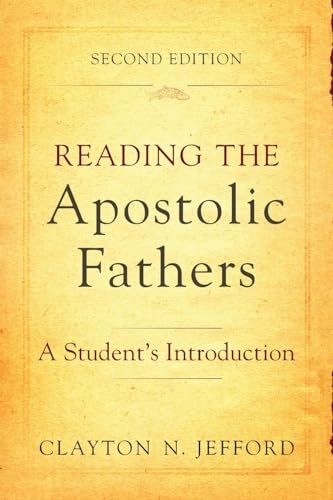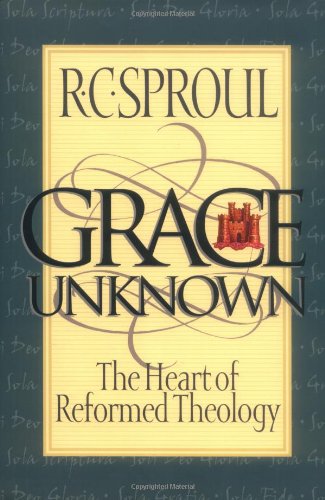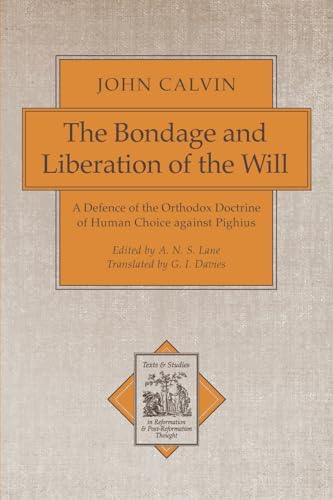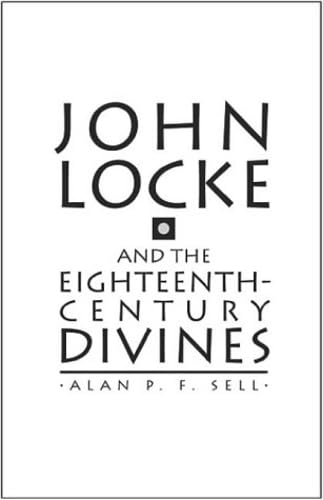Reading the Apostolic Fathers
Written by Clayton N Jefford Reviewed By Mark Elliott‘How should churches conduct their worship services? What should new converts be taught about Christian ethics and their duty within the fledgling community? Who has the authority to speak for the resurrected Christ in each community? Who makes the final decision when disputes arise between communities? Should Christians preserve the teachings and customs of Judaism, or should such traditions he avoided? What should a community do about Christians who have strayed from the gospel faith, but who now wish to return to the fold? Which images from the OT are most acceptable as prophecy for the new Christian faith? What does it mean to be a Christian?’ (p. 6) With these questions Clayton Jefford aims to show what the early Christian texts, known today as ‘the Apostolic Fathers’, were about.
A good attempt is made in each chapter to set out and answer the introductory issues (genre, authorship, date, location, audience, reason for being written, primary traits of the text, special images, the use of Scripture and then an outline of contents) of nine texts: the Letter of Barnabas, the Didache, the Letters of Ignatius, the Letter of Polycarp to the Philippians, the Martyrdom of Polycarp, both letters of Clement of Rome to the Corinthians, the Shepherd of Hermas, the Letter to Diognetus. The requirement of answering each of these points makes for clarity but also (at times) dullness. The author supplies useful background details and some judicious judgements: (e.g.) the oldest complete copy of ‘Barnabas’ is in the Codex Sinaiticus along with Hermas. This association tells us something about how each of these writings was regarded. Connections are also made, e.g., the Jewish ‘two ways’ tradition is present in the Epistle of Barnabas 18–20 as in Didache 1–6; Clement of Alexandria quoted Barnabas seven times and maybe wrote a commentary on it. (The content of Barnabas seemed authentic: all that seems to exclude it from the NT canon was the fact that it was not written by an apostle.) All this shows us that the ancient text was found interesting and in what its writer was interested, but does not really show us how it is interesting.
Jefford gives the theology of the writings rather a minor role; even when, as notably in the case of Ignatius of Antioch (d. 110), there are some very interesting developments. Originally (since the NT does not go into detail), ‘the purpose of the baptism of Jesus was ‘to purify the water’ (Ignatius, Ephesians 18:2; although Lightfoot in his edition of the text with translation has (p. 92): ‘He was born and was baptised in order that by his suffering he might cleanse the water’.) The Eucharist must be directed by the bishop or one with his approval and is to be regarded as the actual flesh. (Smyrneans 7.1/6:2: Lightfoot, 112.)
Lastly, the bibliography, not only in the sense of ‘further reading’ but also in the sense of ‘works consulted’, seems strictly Anglophone and not always up to date. Overall, such a ‘literary’ approach to these texts, quite apart from involving a treatment of the texts according to the ancient canons of literary criticism—suffers in a way that many such collections of ancient/early church ‘documents’ do, from being put together without any real explanation of why they belong together. Nor are we told why they are called ‘the Apostolic Fathers’ other than mention made that J.B. Cotelier (in 1672) thought they all shared a common feature of having authors who knew the apostles. The concentration on the links between the texts themselves means that, without much reference to history and life of the Church at that time (admittedly hard to reconstruct), one is left far from a sense that it is at all important to let these writings speak to us as the record of once-living voices.
Mark Elliott
St Andrews University






